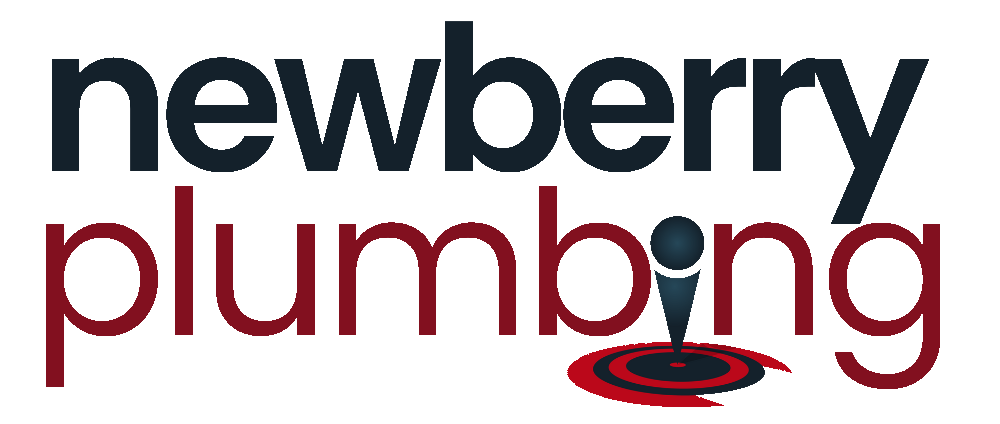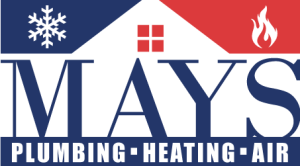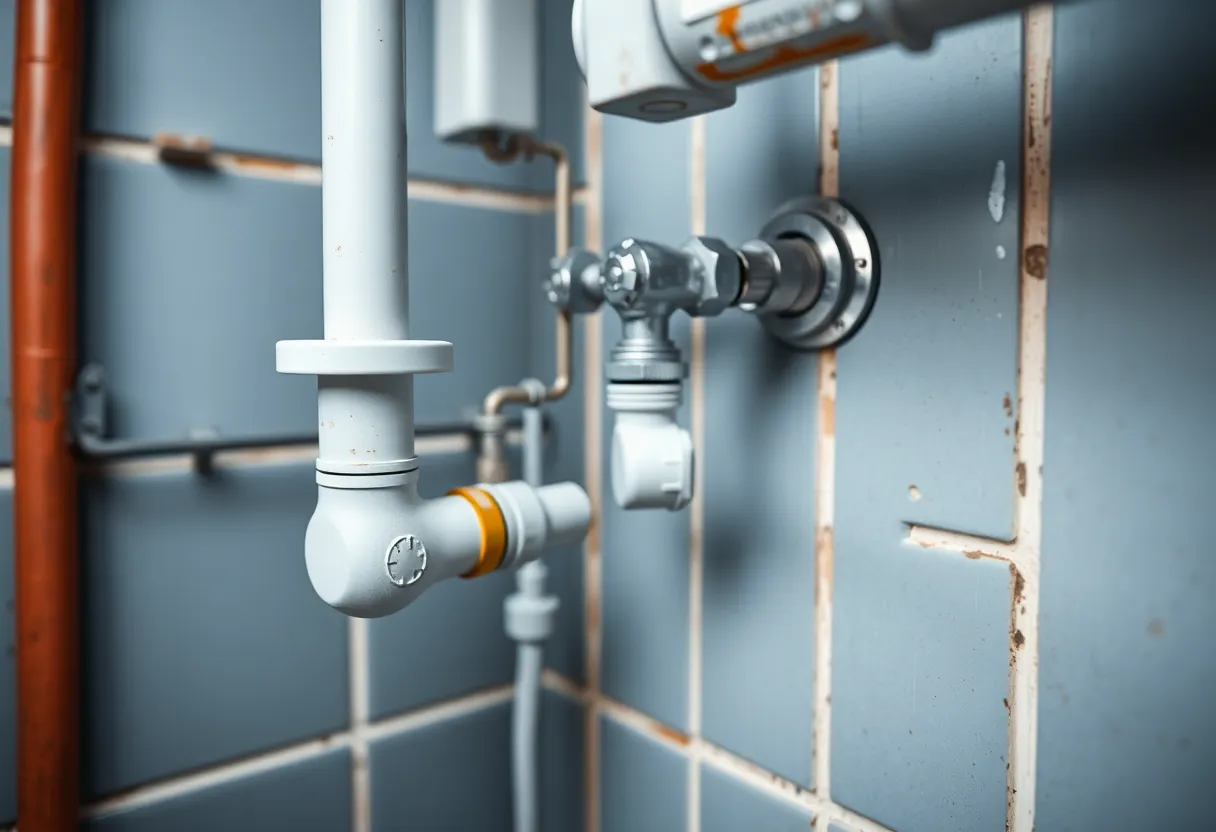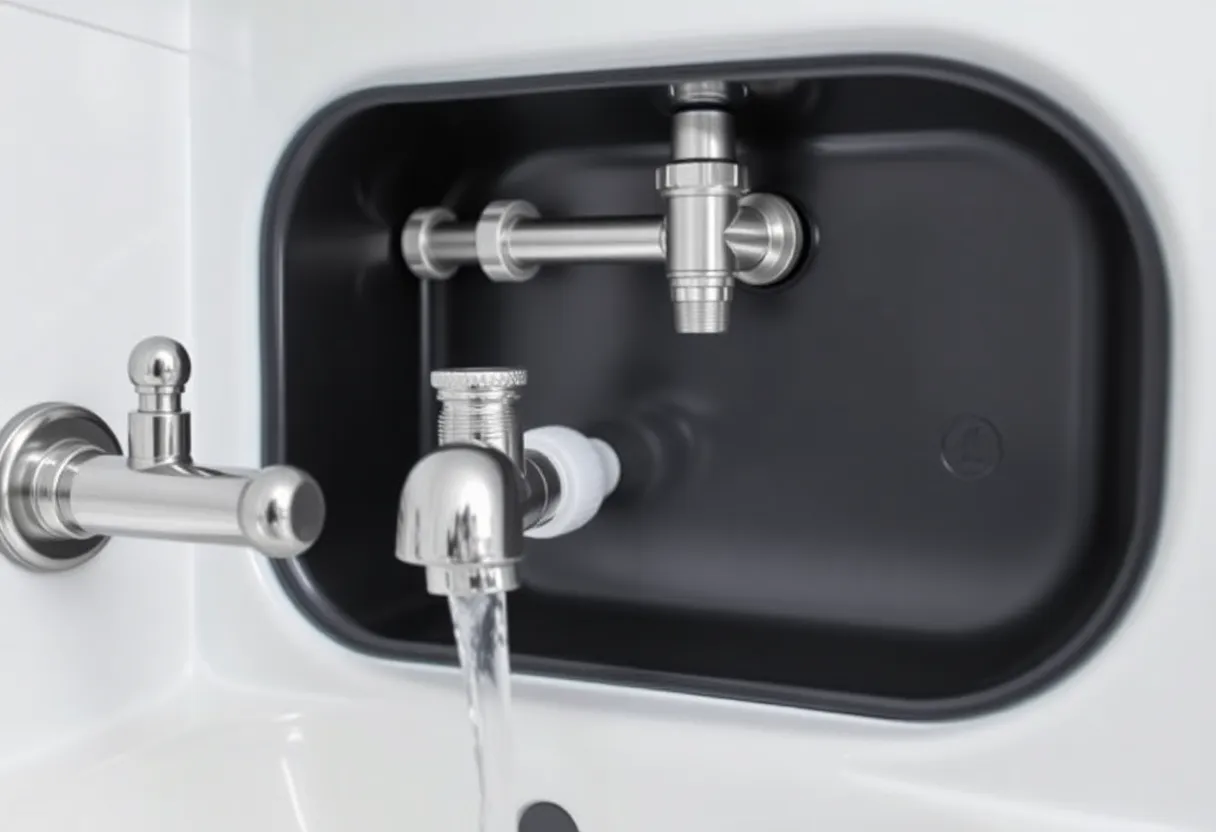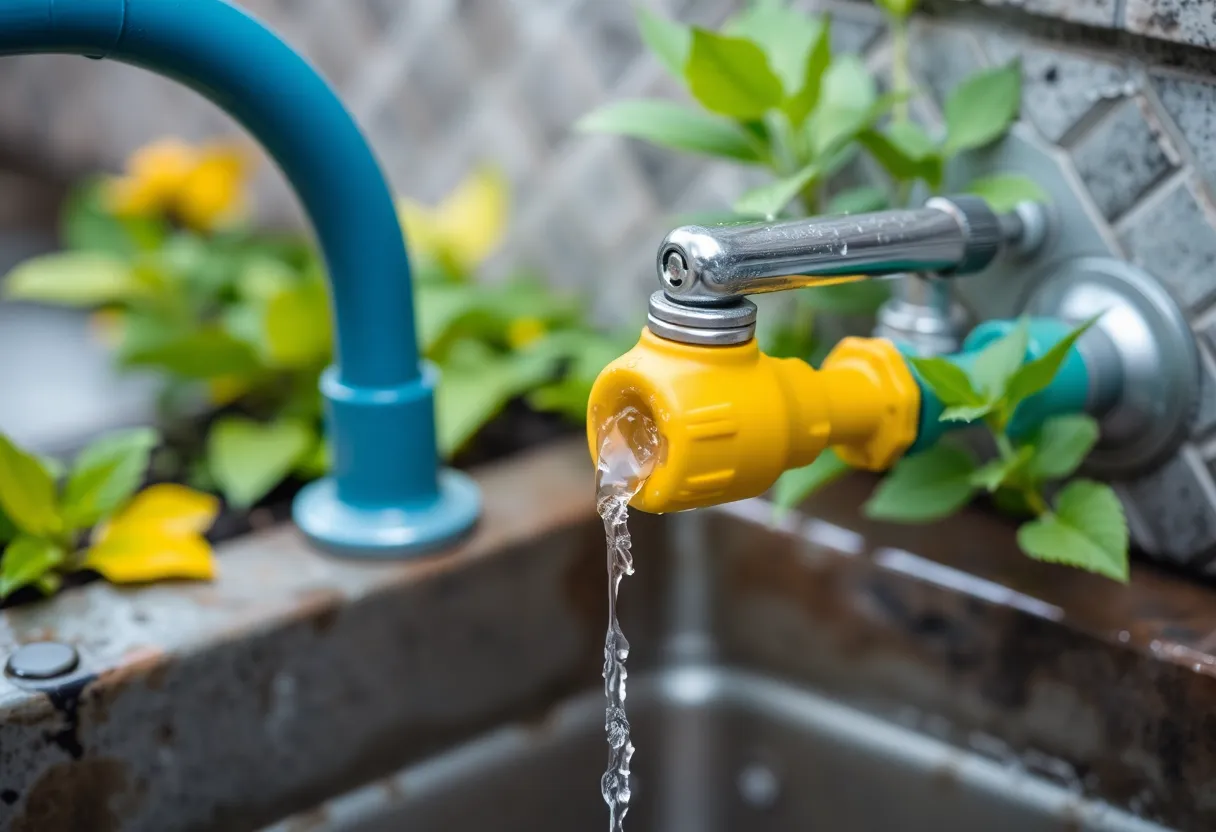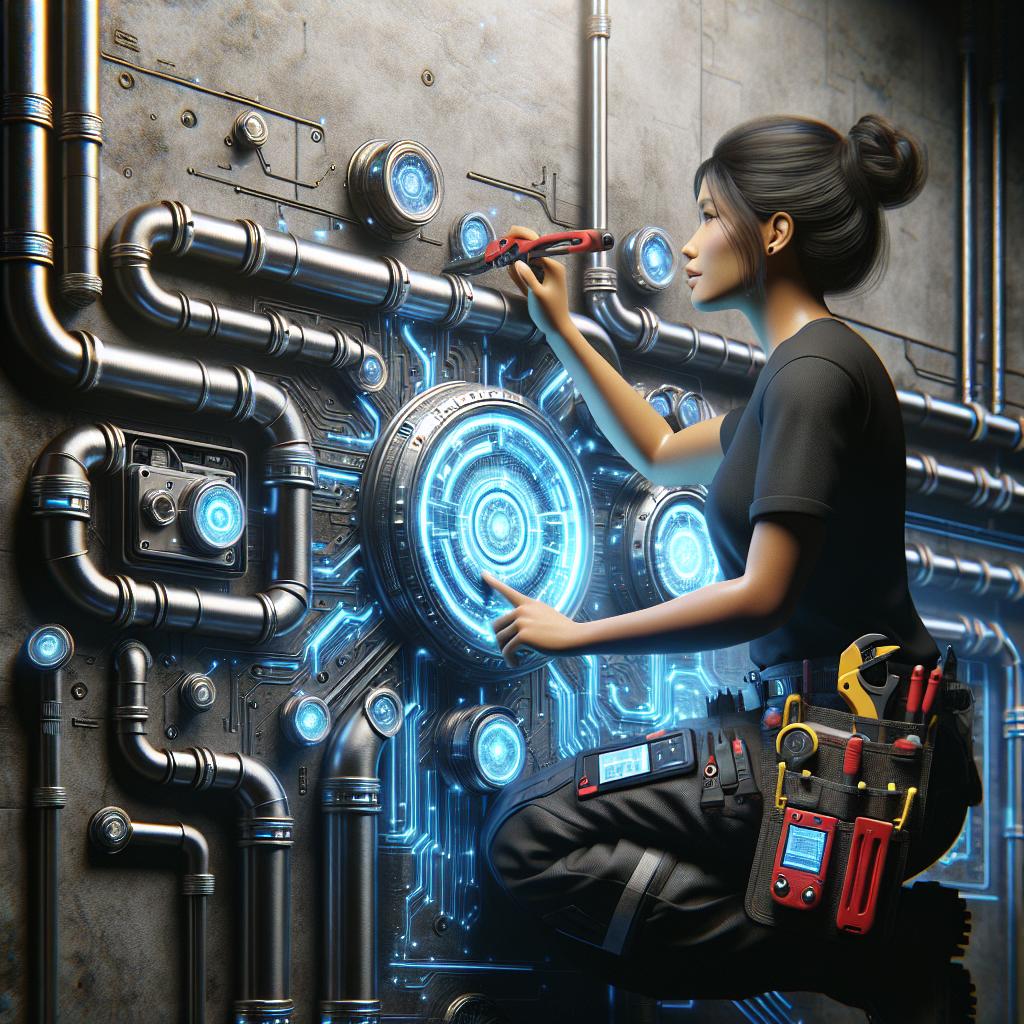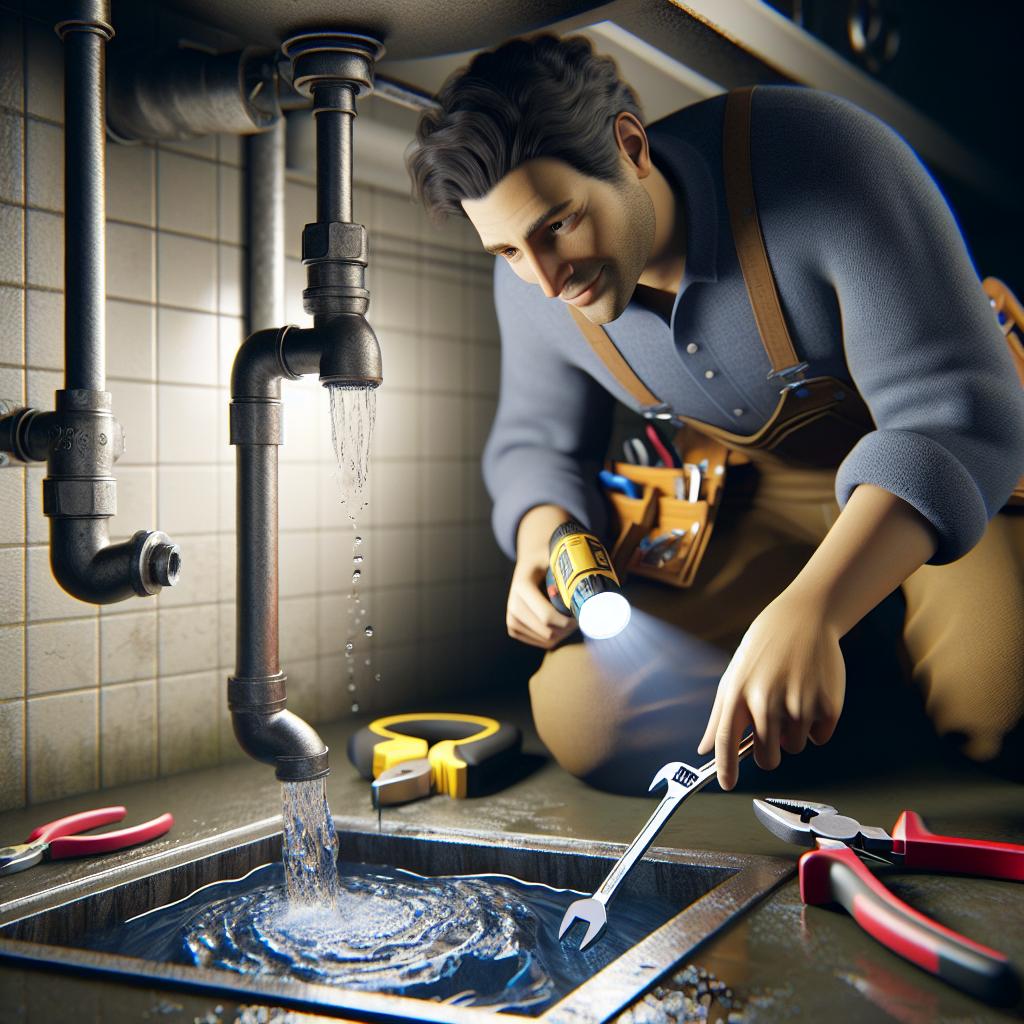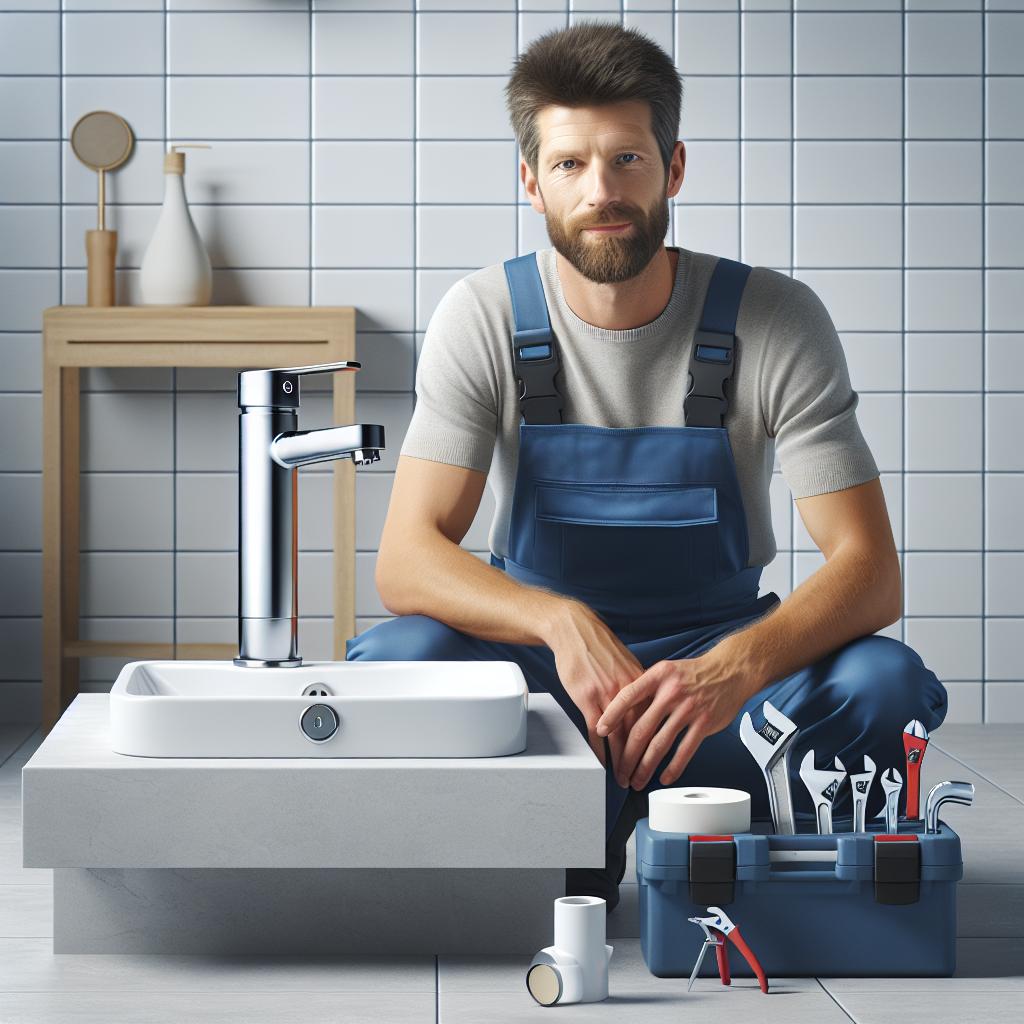The Hidden Drain: 7 Neglected Signs Your Plumbing System Is Crying for Help
In the heart of our homes, the plumbing system works tirelessly to provide us with clean water and ensure proper waste disposal. However, just like any other system, it can be prone to issues that, if ignored, may lead to costly repairs and serious inconveniences. Often, homeowners overlook the subtle signs that indicate their plumbing system is in distress. In this article, we will delve into the _seven neglected signs that your plumbing system may be crying for help_ and provide you with a clear understanding of what to look for before it’s too late.
1. Unexplained Increases in Water Bills
One of the first signs that something might be amiss with your plumbing is an unexpected rise in your water bills. If you notice that your monthly bill has spiked without any changes in water usage, it might be an indication of a hidden leak somewhere in your pipes.
Possible Causes
- Leaky faucets
- Running toilets
- Pinhole leaks in pipes
- Malfunctioning irrigation systems
It’s essential to monitor your water usage closely. Consider tracking daily or weekly usage if you suspect a problem. An unexpected increase could cost you, not only in higher bills but also in potential water damage if left unaddressed.
2. Frequent Clogs and Slow Drains
Are you repeatedly facing _clogs in your drains_ or experiencing slow draining sinks and tubs? This is a common plumbing issue that many homeowners tend to overlook. While it may seem like a minor inconvenience at first, recurring clogs can signal deeper problems in your plumbing system.
What You Should Know
Frequent clogs can indicate:
- Build-Up of Grease or Hair: Over time, residues can accumulate in pipes and lead to blockages.
- Tree Root Intrusion: Roots can penetrate pipes, which may result in severe blockages and pipe damage.
- Damaged Pipes: Cracks or breaks in the pipes can restrict flow and cause backups.
Ignoring these issues can result in serious plumbing emergencies, which may require professional intervention and restoration work. Regular drain maintenance can help mitigate these problems.
3. Deteriorating Water Quality
If you’ve been noticing a sudden change in your water’s appearance, smell, or taste, it could be a sign that your plumbing system is in distress. Water that appears cloudy, has an unusual odor, or tastes metallic should not be ignored.
Common Symptoms of Poor Water Quality
- Discolored Water: Brown, yellow, or other strange colors may indicate rust or sediment in your pipes.
- Unpleasant Odors: If your water has a rotten egg smell, it may be due to hydrogen sulfide gas, which can be harmful.
- Unusual Tastes: A metallic or chemical taste could indicate pipe corrosion or contamination.
These signs often suggest that contaminants are entering your water supply. Addressing the root cause promptly is essential to ensure the safety of your drinking water.
4. Water Stains on Walls or Ceilings
Water stains on walls, ceilings, or floors are often symptoms of a significant plumbing issue. These stains usually indicate leaks that can cause extensive water damage if they aren’t resolved quickly.
Points to Consider
Look out for:
- Discoloration or bubbling paint
- Chalky residue on walls
- Peeling wallpaper
If you notice any of these signs, it’s crucial to act swiftly. Investigate possible sources of leaks, such as visible pipes or fixtures, and consult with a professional plumber if necessary.
5. Strange Noises from Pipes
Did you startle at the sounds of gurgling, banging, or whistling pipes? These noises may seem harmless, but they can indicate underlying plumbing issues. Recognizing these sounds can help you identify problems before they escalate.
Common Noises and Their Meanings
- Gurgling: Often signifies a problem with the drain line or venting, possibly due to a clog.
- Banging: Can indicate water hammer, which occurs when water flow suddenly changes and causes pressure fluctuations.
- Whistling: May indicate a partially closed valve or pipe deterioration.
Pay attention to the frequency and types of sounds. Regular inspections can help alleviate concerns and maintain a peaceful home environment.
6. Bad Smells in the House
Unpleasant odors in your home can stem from various sources, including plumbing issues. If you notice strange smells, particularly from drains, toilets, or crawlspaces, it’s a signal that something is wrong.
Potential Sources of Plumbing Odors
- Sewage Backups: If you smell sewage, it could mean that the sewer line is clogged or damaged.
- Dry Traps: If a drain hasn’t been used in a while, the water in the trap may evaporate, allowing sewer gases to escape.
- Indoor Mold: The presence of mold can also lead to musty odors and may indicate leaks or moisture issues.
Addressing the source of the smell is crucial for your health and the comfort of your spaces. Ensure proper ventilation and seek professional help when necessary.
7. Visible Rust or Corrosion on Fixtures
Last but not least, keep an eye on your plumbing fixtures. If you spot rust or corrosion on faucets, showerheads, or pipes, it could be a red flag indicating that your plumbing is deteriorating.
Why This Matters
- Corroded plumbing can lead to leaks due to weakened pipes.
- Rusty fixtures can contaminate your water supply.
- Visible corrosion may signify older piping systems that require replacement.
If you identify any signs of rust, consult a plumber immediately to assess the situation and discuss potential solutions.
Conclusion
Your plumbing system is an invaluable component of your home, and neglecting its needs can lead to a myriad of issues that could have been easily avoided. Be proactive by keeping an eye out for the _seven signs_ we’ve discussed. If you ever suspect something is amiss, it’s always best to consult with a professional plumber to ensure the longevity and functionality of your plumbing system.
Plumbing emergencies can lead to costly repairs, but by addressing minor issues early on, you can save yourself time, money, and stress. Stay vigilant and keep your eyes peeled for these hidden drains of trouble.
